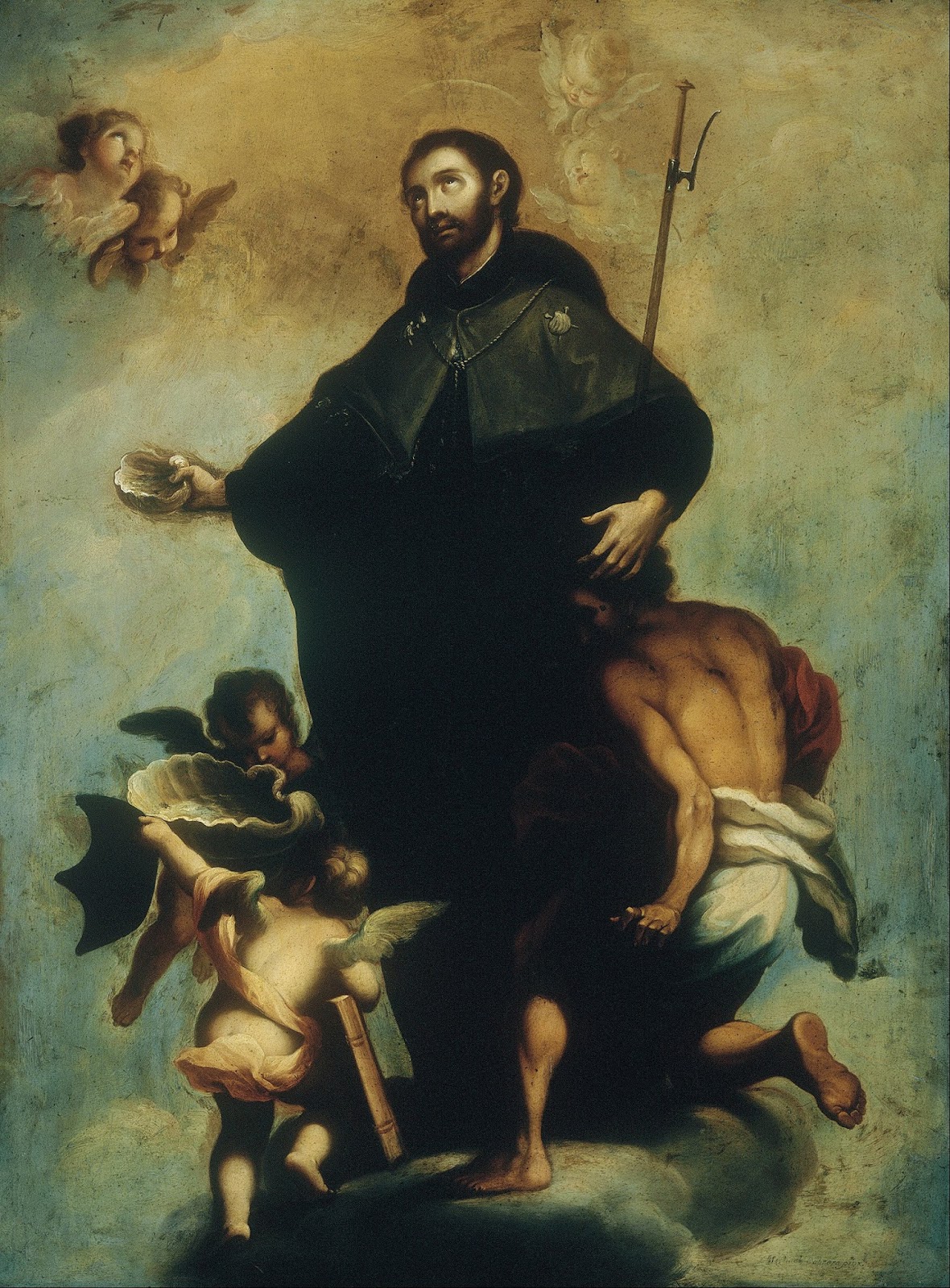Pope Francis's decision regarding the Traditional Latin Mass has sparked widespread discussion within the Catholic Church and beyond. As one of the most polarizing topics in modern Catholicism, the Latin Mass issue reflects deeper divisions between traditionalists and progressives within the faith. This article delves into the controversy surrounding Pope Francis’s recent actions, exploring both sides of the debate while offering key insights into why this subject matters so deeply to many Catholics.
Understanding the nuances of Pope Francis's approach requires examining not only his official rulings but also the broader context of liturgical practices and their significance for different communities. By shedding light on the history, motivations, and implications of these changes, we aim to provide a balanced perspective that helps readers grasp the complexities involved. Let us now explore the details of this ongoing dialogue within the Church.
The Latin Mass, celebrated in the ancient liturgical rite known as the Extraordinary Form, has long been a point of contention among Catholics. In 2021, Pope Francis issued Traditionis Custodes, a document that significantly restricted the celebration of the Latin Mass. This move aimed to address concerns about divisions within the Church, emphasizing unity and adherence to Vatican II reforms. However, it also sparked backlash from traditionalist groups who view the Latin Mass as an essential part of their spiritual heritage.
New Directions for Liturgical Unity
Pope Francis's issuance of Traditionis Custodes marked a turning point in how the Catholic Church approaches the Traditional Latin Mass. The document narrows the circumstances under which this ancient rite can be celebrated, reflecting the Pope's vision for greater ecclesiastical harmony. By limiting its availability, Francis seeks to ensure that all Catholics align more closely with the principles established during the Second Vatican Council, which emphasized inclusivity and accessibility in worship.
This decision was met with mixed reactions. Supporters argue that unifying liturgical practices strengthens communal bonds and fosters a shared identity among believers. Critics, however, contend that restricting access to the Latin Mass marginalizes those who find profound meaning in its solemnity and beauty. For them, preserving this rite is crucial for maintaining continuity with the Church's rich historical traditions.
Moreover, the implementation of these guidelines highlights the delicate balance required when addressing diverse theological perspectives within the global Catholic community. While some bishops have embraced the new directives, others face challenges in enforcing them due to strong local attachments to the Latin Mass. This tension underscores the complexity of navigating reform while respecting cultural differences.
A Closer Look at Division Within the Faith
A newly released documentary examines the rifts within the Catholic Church concerning the Latin Mass. Produced exclusively for the Catholic Herald, the film explores the viewpoints of traditionalists who cherish the right to practice the ancient rite versus progressives advocating for modernization. Through interviews with clergy, scholars, and laypeople, it reveals the emotional stakes underlying this debate.
For traditionalists, the Latin Mass represents a sacred connection to the past, embodying timeless values and rituals they believe enhance spiritual devotion. They often express concern that contemporary reforms risk diluting the depth and richness of Catholic liturgy. On the other hand, progressives see the old rite as potentially alienating to newer generations unfamiliar with its language and customs, arguing instead for a more inclusive and accessible form of worship.
As discussions continue, the documentary serves as a valuable resource for understanding the multifaceted nature of this conflict. It encourages open dialogue by presenting multiple angles and fostering empathy across differing opinions. Ultimately, it calls attention to the importance of mutual respect and cooperation in resolving such disagreements constructively.
Younger Generations Embrace Ancient Traditions
Despite increased restrictions, interest in the Traditional Latin Mass continues to grow, particularly among younger Catholics. Many are drawn to its unique aesthetic qualities and perceived authenticity, finding solace in its structured solemnity amidst today's fast-paced world. This trend challenges assumptions that younger generations prefer less formal expressions of faith.
Some attribute this resurgence to a desire for deeper engagement with spirituality through meaningful ritual. Others point out that the Latin Mass offers participants a sense of belonging to something larger than themselves—a universal tradition transcending time and place. Regardless of motivation, the phenomenon raises questions about whether current policies adequately address the needs and preferences of all parishioners.
In response to growing demand, certain dioceses have sought creative solutions to accommodate both traditional and progressive worshippers. These efforts include scheduling separate services or establishing dedicated chapels where the Latin Mass can still be offered without compromising overall unity. Such compromises demonstrate flexibility and willingness to listen to various voices within the Church.
Revisiting Policies Amid Uncertainty
Rumors suggest that Pope Francis may reconsider lifting some of the limitations placed on the Latin Mass, signaling a potential shift in strategy. Although no official announcement has been made, speculation persists amid evolving attitudes towards liturgical diversity. Should such a reversal occur, it could signify recognition of the need for greater tolerance and accommodation within the Church.
At the same time, critics caution against abrupt policy changes, emphasizing stability and consistency in pastoral leadership. They stress the importance of clear communication and collaboration with affected stakeholders before implementing any significant alterations. Balancing innovation with preservation remains central to ensuring lasting harmony within the Catholic community.
Ultimately, the future of the Latin Mass depends on ongoing conversations between church leaders and faithful members alike. By prioritizing mutual understanding and compromise, the Catholic Church can navigate this sensitive issue while upholding core tenets of unity and respect for individual expression.

